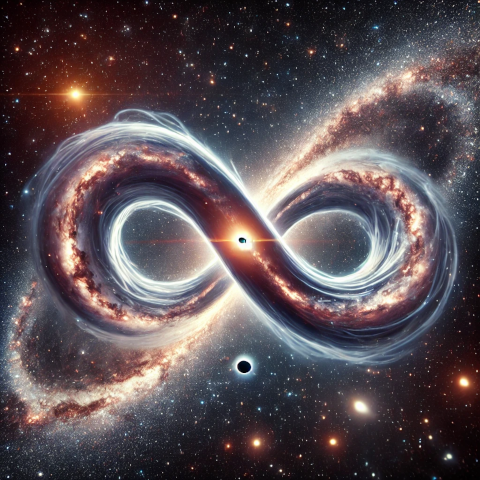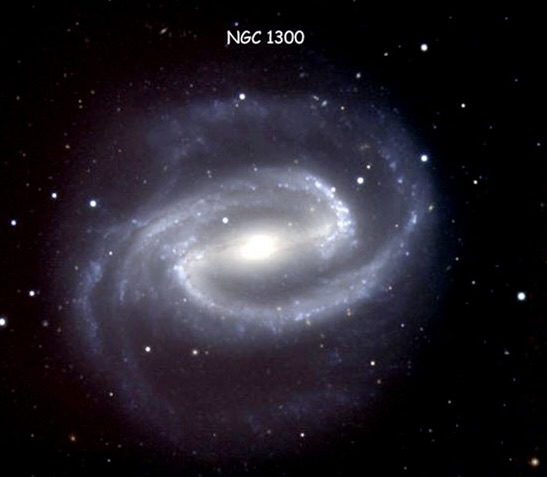There is no such thing as ‘dark matter’.
A big mystery in modern physics: why do galaxies rotate as if there must be more matter than we actually see? Why is the universe said to expand faster than it should given the matter (stars and galaxies) we can observe? This ‘phantom’ unknown source of gravity is called ‘dark matter’.
The Roton model sais: If there is anything invisible or dark which leads to movement in the universe, then it’s another force and not another matter.

What is really going on: gravity is the force between rotating objects on the level of atoms. But as we know, there are other rotating objects like suns rotating around the center of the galaxy. This results in an additional force on the magnitude of galaxies where suns are attracted because they build a big bunch of co-central rotating systems. The Euclidian term “concentric” might not necessarily apply, as this implies co-planarity.
The galaxy attracts itself towards its center, because there is rotating energy which creates further attractive forces holding the galaxy together more strongly. Did you realize, that galaxies come in the shape of planes or flat spheres? They have a common rotation axis. So why is this rotation axis preferred. Is it only to avoid potential collisions over time? Not very likely. All objects rotate around a central axis, because this is energetically more optimal constellation. The additional attractive forces of rotating energy allows matter to come even closer together. This increases the energy dencity.
On the other hand, rotation also allows objects to stay on a stable orbit without collapsing into the center or vanishing into infinity. So an object staying on its orbit has a bigger attraction to the center, than an object dirctly flying into the center of the rations. So rotation is a self-stabilizing process. Sounds strange? But hey, look at all the other strange standart physics explanations. If an object is slowing down, it looses rotational energy and rotational attraction to the center it therefore will not be attracted into the center but will first leave zentripetally. This continues until gravitational effects alone keep the object on a higher orbit. Where it’s slower tangential speed will “snap in” again with the rotational attractions.

There might be a further contribution to attractive forces. Have a look at the image of the galaxy named “NGC 1300”. Do you notice, how the spirals go in two arms? So for each “Energy” (aka mass) in one arm, there is a symmetrically opposite “Energy” (mass) in the other arm. In terms of the Roton Model there is yet another force keeping the galaxy together and forming its shape. A rotating sun and their rotating solar-system can build co-axial rotation pairs with other rotating suns and solar system of similar sizes nearer or farer nearby. And even more, pointing their rotation axis near the galaxy center, they might build entanglement pairs with co-axial solar systems on the other side/end of the galaxy.
This entanglement further optimizes the energy levels already present via the co-centered rotations. This might explain (in addition to gravitational effects) why galaxies often come with these symmetric patterns. A completely different view onto the world. In equally distributed galaxies, such patterns are not so obviously visible, but are still there.
Summary
So we have identified the following possible attractive forces:
- Standard Gravity on the level of atom rotation
- Parallel-Axis rotation attractions between rotating suns and solar systems
- Coaxial long distance entanglement between rotating suns and rotating solar-systems
- Galaxial attraction formed by matter rotating around a common rotation axis.
Further reading/articles on this topic: TBD
Use the share button below if you liked it.
It makes me smile, when I see it.